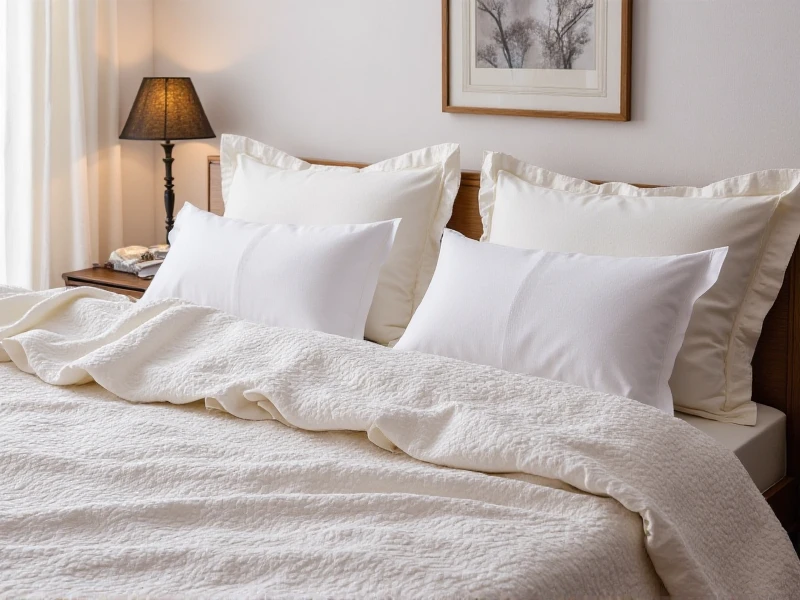The Fascinating World of Textiles: History, Innovation, and Everyday Impact
2025-06-03

Textiles have been an integral part of human civilization for millennia, weaving their way from ancient handlooms to today's high-tech industries. As a cornerstone of culture, economy, and daily life, textiles are more than just fabrics; they represent innovation, artistry, and functional design. From clothing to home furnishings, industrial materials to medical tools, the versatility of textiles ensures they remain indispensable in our modern world. This article delves into the evolution of textiles, current trends, and how they shape our everyday experiences. By understanding these elements, you'll gain insights into choosing sustainable and high-quality textiles for personal and professional use.
The Historical Tapestry of Textiles
The story of textiles begins over 10,000 years ago, when early humans discovered how to spin natural fibers like cotton, wool, and silk into functional fabrics. Ancient civilizations, such as those in Egypt, India, and China, perfected weaving techniques, creating textiles that were both practical and symbolic—serving as currency, religious artifacts, and status symbols. For instance, the Silk Road facilitated not only trade but also cultural exchanges, spreading textile innovations across continents. This era laid the groundwork for today's global textile industry, where handcrafted methods coexist with industrial mechanization. Key advancements, like the invention of the spinning jenny in the 18th century, fueled the Industrial Revolution, making textiles more accessible and affordable. Such historical richness underscores why textiles are a testament to human ingenuity and adaptability.
Modern Innovations Transforming Textiles
In the 21st century, textiles have undergone a technological revolution. Innovations like synthetic fibers such as polyester and nylon emerged post-World War II, offering durability and cost-efficiency. More recently, smart textiles have emerged, incorporating electronics for applications in fitness trackers, temperature-regulating fabrics, and wearable health monitors. For example, conductive textiles now enable seamless integration with devices, enhancing user comfort and data tracking. Nanotechnology has also made waves, creating fabrics with water-repellent or antibacterial properties—ideal for outdoor gear or medical textiles used in hospitals. These developments highlight how the textile sector is evolving beyond traditional norms, pushing boundaries in sustainability and performance. Brands are investing heavily in research, leading to textiles that are not only stylish but also responsive to environmental challenges.
Sustainability: The Green Future of Textiles
Sustainability is reshaping the textile landscape, driven by growing environmental concerns. The industry, once notorious for high water usage and pollution, is pivoting toward eco-friendlier practices. Innovations like organic cotton and recycled fibers reduce carbon footprints, while plant-based materials such as lyocell from bamboo or eucalyptus offer biodegradable alternatives. Certifications like GOTS (Global Organic Textile Standard) help consumers identify ethically produced textiles, ensuring fair labor and chemical-free processes. Major brands are adopting circular economy models—recycling old garments into new fabrics to combat textile waste. This shift not only addresses climate change but also appeals to conscious buyers. By choosing sustainable textiles, individuals contribute to a greener planet while enjoying high-performance products.
Diverse Applications of Textiles in Today's World
The versatility of textiles extends far beyond fashion. In the automotive sector, advanced textiles provide lightweight, fire-resistant materials for seat covers and airbags, enhancing safety and fuel efficiency. Home interiors benefit from textiles through items like curtains, carpets, and upholstery, where durability and aesthetic appeal are paramount. Industrial applications include geotextiles used in construction for soil stabilization, and in healthcare, antimicrobial textiles are vital for bandages and surgical gowns. On a lifestyle level, activewear relies on moisture-wicking fabrics to support athletic performance, blending comfort with technology. As e-commerce grows, consumers can easily source high-quality textiles online by focusing on trusted suppliers with transparent reviews and certifications. This diversity underscores textiles' role in virtually every sector, making them essential for modern living.
Conclusion
From ancient craftsmanship to cutting-edge innovations, textiles continue to shape our world in profound ways. Their historical legacy and modern advancements demonstrate how textiles are constantly evolving to meet societal needs, whether through sustainable practices, technological breakthroughs, or practical applications. As a consumer, staying informed about textile trends empowers you to make smarter choices, such as opting for eco-friendly fabrics or exploring DIY projects. Embrace the rich journey of textiles to enhance your wardrobe, home, and beyond—this ever-evolving industry holds endless possibilities. For more insights, browse reputable sources or visit specialized websites. Let's celebrate textiles, the unsung heroes of everyday life, and weave a brighter future together.
(Word count: approximately 830 words)
Category: